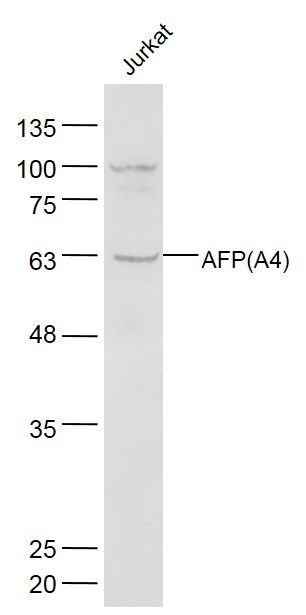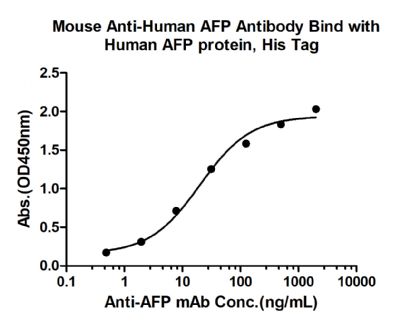Specific References (6) | SLM1622M has been referenced in 6 publications.
[IF=6.641] Zhao J et al. A SERS-based immunoassay for the detection of α-fetoprotein using AuNS@ Ag@ SiO2 core-shell nanostars. Journal of Materials Chemistry C. 2019. SERS-based sandwich immunoassay ;
[IF=5.88] Zhang, Xin, et al. "Spectrum-Based Electrochemiluminescent Immunoassay with Ternary CdZnSe Nanocrystals as Labels." Analytical Chemistry (2016). other ;
[IF=6.277] Zhao CR et al. Highly sensitive and selective electrochemical immunosensors by substrate-enhanced electroless deposition of metal nanoparticles onto three-dimensional Graphene@Ni foams. Science Bulletin.2019. Other ;
[IF=2.475] Huang Y et al. Ag@Au Core⁻Shell Porous Nanocages with Outstanding SERS Activity for Highly Sensitive SERS Immunoassay. Sensors (Basel). 2019 Mar 31;19(7). pii: E1554. ELISA ;
[IF=6.45] Lin, Dajie, et al. "Cascade signal amplification for electrochemical immunosensing by integrating biobarcode probes, surface-initiated enzymatic polymerization and silver nanoparticle deposition." Biosensors and Bioelectronics (2014). other ;
[IF=5.83] Zong, Chen, et al. "Chemiluminescence imaging immunoassay of multiple tumor markers for cancer screening." Analytical Chemistry 84.5 (2012): 2410-2415. other ; Human.

